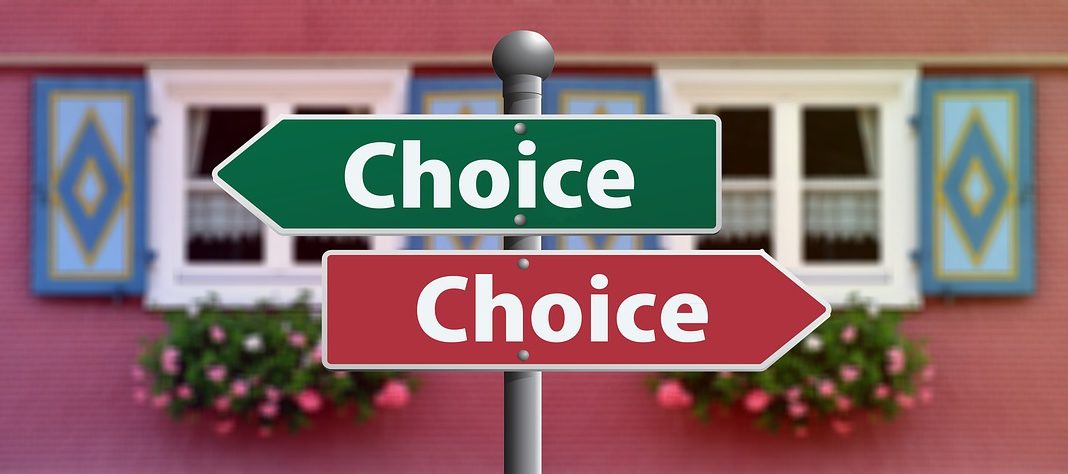
I found voting in the recent Seattle primary to be very frustrating. Here I am trying to keep up with all the council races and eager to get a better, more effective overall city council, somehow. Yet I could only vote in one race (district 3). I feel helpless in my broader goal of electing a better council. Same applies in the general election November 5.
We owe this “reform” enacted in 2015 to the currently trendy (really a throwback) idea of voting “by district,” rather than “at large” or citywide. District elections (7 of the 9 Seattle City Council seats) presumably lower the cost of running, attract more candidates (that seems to be happening), create some majority-minority districts, stymie the big corporate donors, and force candidates to pay more attention to local issues. Yeah, sure.
Many of these desired outcomes, particularly the requirement that candidates have some ethnic or minority status, are happening anyway. Campaign costs are higher than ever, as candidates seek big dollars from special-interest PACs or national sources. (So much for scaring off big corporate influence.) As for attention to local issues, that lasts for maybe a few months before and after an election, and it’s pretty easy to “game” this requirement by assigning someone on the staff to cater to local pressure points, or just ignoring the parochial issues and focusing on sexier topics. (So much for fixing potholes.)
We aren’t getting better-quality candidates. The coming city council is likely to have a majority of rookies. Everyone runs with 50 shades of blue, contrary to the hopes of the clumsy conservatives who pushed through this reform. Voters tune out. Mayors are frustrated by not having a council they can work with. It’s easy for incumbents to entrench themselves with local power brokers in such a ward system. With all seven district candidates running at once, we lose the advantage of infusions of new talent each two years. (In the old system five would run and two years later four would run, all running citywide and for four-year terms.) Lastly the districts now suffer from the same polarization disease as the rest of the nation, as candidates and interest groups divide up and target micro-constituencies with deluges of mail and ads. Each district now has two “parties.” Not very neighborly!
A friend with deep involvement in local politics has a better idea that I’m happy to pass along. Let voters in nine districts (redrawn from the current seven) each nominate two finalists in the primary, and then have these 18 finalists run at large for the general election; voters get nine votes for each of the paired candidates. Alternate two groups of the districts each two years. Not that the Seattle School Board is a shining example of excellent members, but that is their system and we have a lot of experience with it.
What do you think? Something has to be done.
Image by Gerd Altmann from Pixabay
Discover more from Post Alley
Subscribe to get the latest posts sent to your email.

I think you’re downplaying the amount of attention that some of the current Council members pay to local/district issues. Herbold, Bagshaw and Juarez go to bat regularly for their respective districts. Though you are right to point out that others have largely ignored them.
We also need to keep in mind that this is only the second district-based election, and in the first one there were a lot of incumbents from the previous city-wide system who ran for district Council seats (Harrell, Sawant, O’Brien, Bagshaw). Harrell, O’Brien and Bagshaw have all bowed out, which makes Sawant the remaining holdover form the old system. And Sawant’s primary vote count this time is fifteen percentage points lower than it was four years ago.
Together, I think that’s a strong argument that Seattle voters want district-based Council members who will fight to get City Hall to pay attention to services in their district.
One other note: there are indeed a lot of rookies running this time, but there are also people with City Hall experience, including Dan Strauss, Alex Pedersen, and Heidi Wills. And all three made it through to the general election.
Kevin: good points about some of the councilmembers tending local gardens. And I grant that the previous election had a lot of incumbents’ advantage. But I still think the usual strong interests hold sway and set agendas: the homelessness lobby, unions, developers, density-hugging greens, the bike lobby, and organizations that are funded by regular city grants. The neighborhood issues — crime, encampments, potholes, threats to single-family homes, better schools, affordability of housing — are significantly under-represented in council debates, choice of candidates, and the media menu.